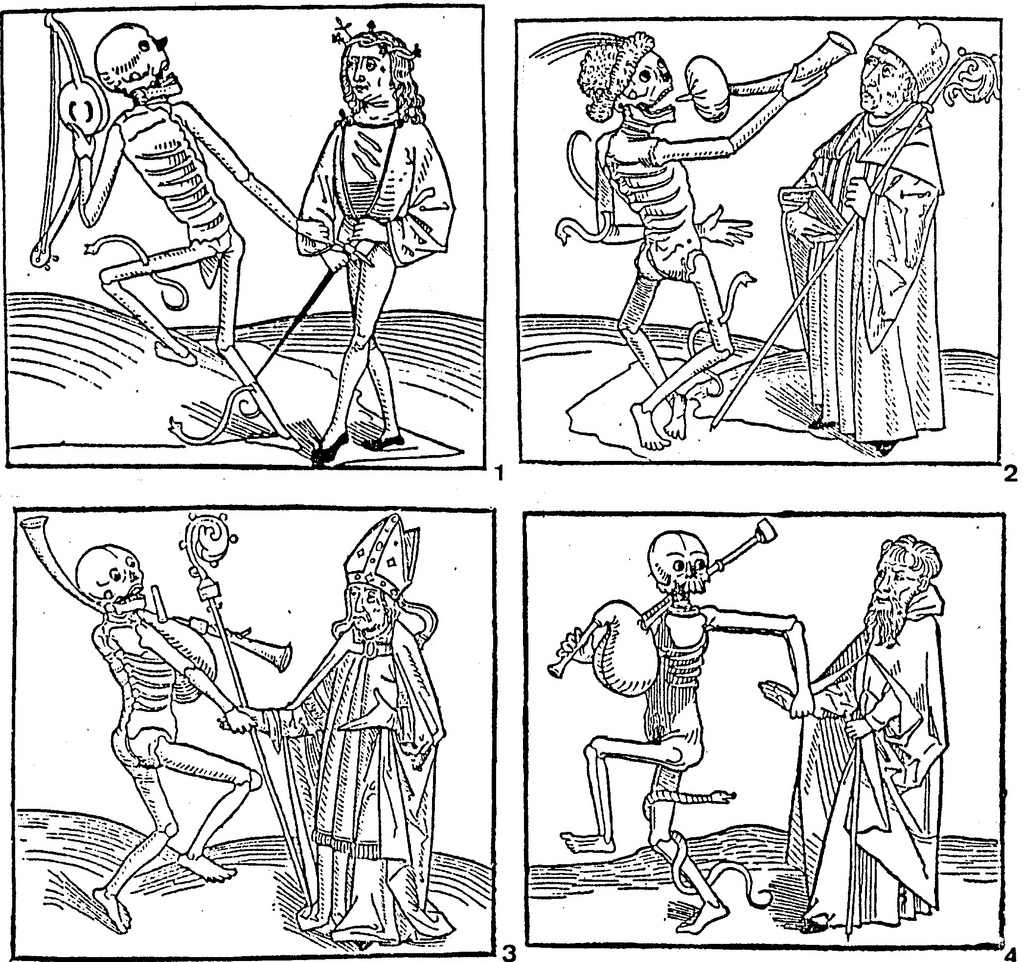The Merriam Webster Online Dictionary gives the following definition:
This word is often used to describe horror movies or the novels of Edgar Allen Poe, H.P. Lovecraft or Stephen King.
The most interesting thing about the word is its etymology. It comes from the French
"danse macabre" which refers to an artistic genre, popular in the Late Middle Ages, depicting Death, personified as a skeleton, leading people from all walks of life to the grave.
The term "danse macabre" seems to have first appeared in 1376. Wikipedia traces it to the Latin "Machabaeorum chorea" (Dance of the Maccabees) referring to a miracle play based on events described in the deuterocanonical 1st and 2nd Book of Maccabees, which deal with the 2nd-century BC Jewish rebellion against the Seleucid King Antiochus Epiphanes and his attempt to forcibly assimilate the Jews to Greek culture.
But nowhere else are the Maccabean martyrs commemorated like they are in Syriac Christianity, where the woman, nameless in the original account, is called "Mart Shmoni." In Iraq, the Aramaic-speaking Christian town of Baghdeda near Mosul has a "Church of Mart Shmoni and her Seven Sons" built in the 8th century at the latest (more likely in the fourth, making it one of the oldest surviving church buildings). Before that, the church appears to have been, fittingly, a synagogue,* before that, a temple to the Mesopotamian moon god Sin. The place is holy ground and has been for 4000 years. Until the persecution and exile of recent times, the Mart Shmoni Church was a place of pilgrimage on the feast day of the Maccabean martyrs.
*The Spanish traveler Benjamin of Tudela, found a large Jewish community in Mosul in the 12th century, and Judaism must have been one of the predominant religions in the region before the Islamic conquest. This could explain why the churches of Mesopotamia venerated Jewish heroes, but why then did medieval Western Europeans venerate the same figures enough to compose a "Dance of the Maccabees"?


No comments:
Post a Comment